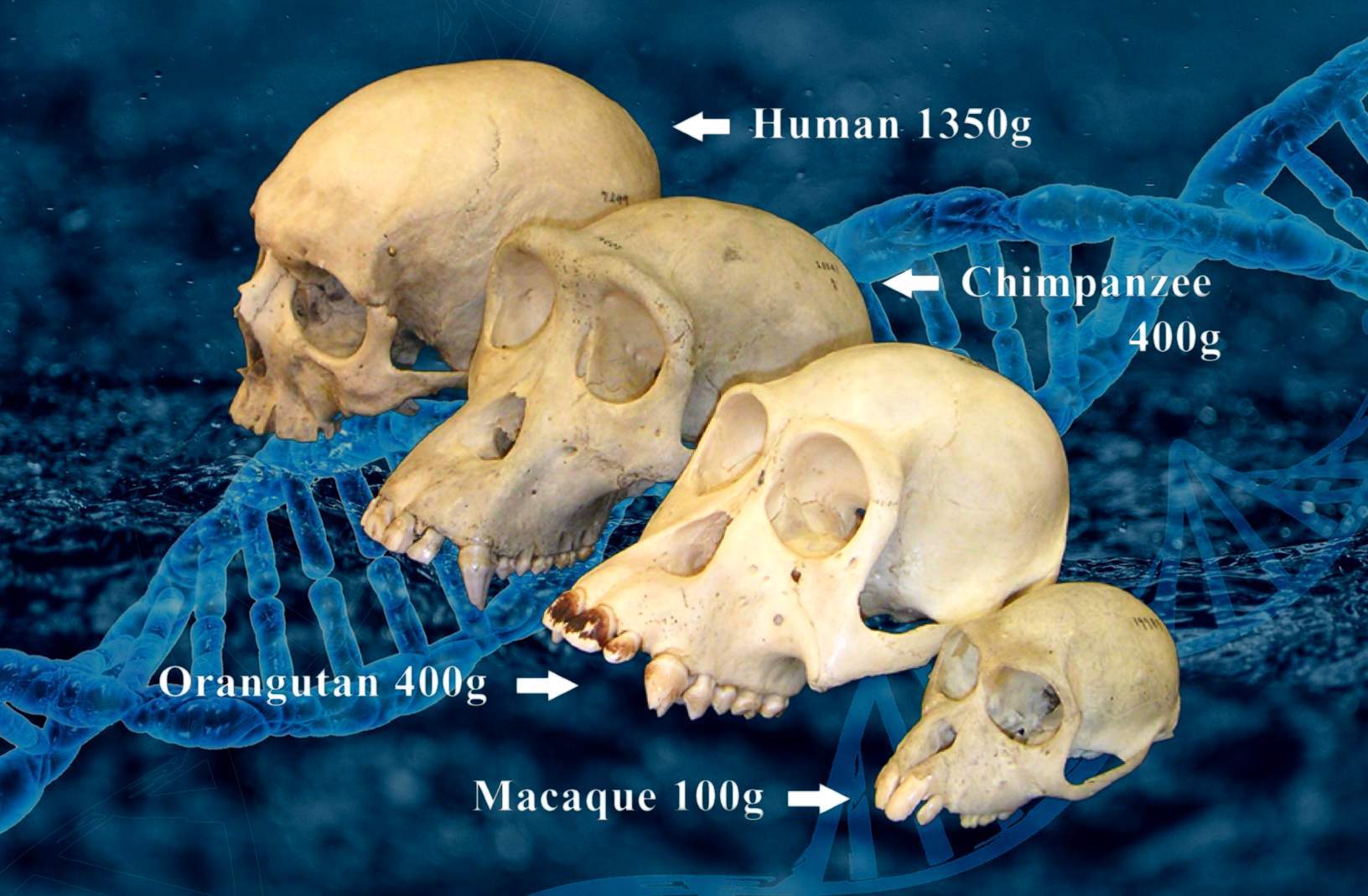The ARHGAP11B gene, discovered by German scientists at the Max Planck Institute, appears to be uniquely human, as it is found in modern humans, Neanderthals and the Denisovan hominin, but is absent in chimpanzees. This small piece of DNA, by allowing the neocortex to contain many more neurons, could have laid the groundwork for the massive expansion of the human brain.

According to this study, the human-specific gene ARHGAP11B appeared after our evolutionary separation from chimpanzees. The gene arose through a partial duplication of the widespread gene ARHGAP11A approximately five million years ago along the evolutionary lineage leading to Neanderthals, Denisovans, and present-day humans, and after this lineage had segregated from that leading to the chimpanzee
The role of ARHGAP11B in brain development has already been confirmed by experiments in mice: its injection into a mouse causes the amplification of its cortex and the formation of the folds typical for the human brain.
However, the team cautions against expecting mice capable of reasoning to appear in the laboratory. Increasing the number of neurons in the neocortex is not enough: the brain also needs to create functional relationships based on these cells, and other genes are responsible for this.




